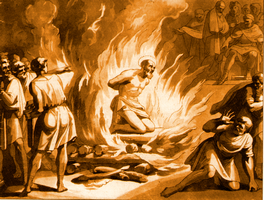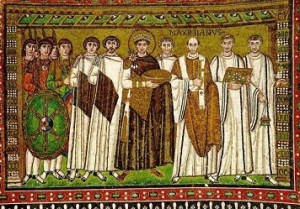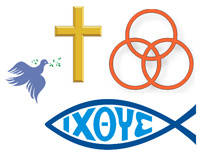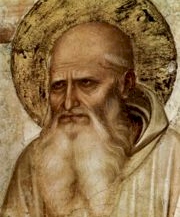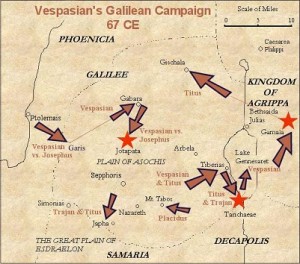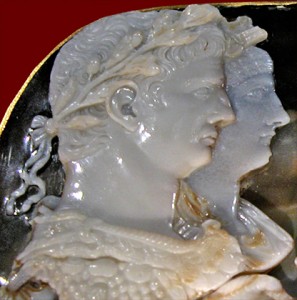 Of all the techniques that could be used to study ancient texts, there are a few that stand out as being both very important and largely understudied, being either ignored in practice or taken on faith due to the lack of relevant expertise or accessible tools. The ones that come to my mind right now are these:
Of all the techniques that could be used to study ancient texts, there are a few that stand out as being both very important and largely understudied, being either ignored in practice or taken on faith due to the lack of relevant expertise or accessible tools. The ones that come to my mind right now are these:
- Paleography. Understood in general terms and largely regarded as a matter of deference to the experts, this may not have an abundance of practitioners but is at least widely respected and has a huge impact on historical studies. The other two mentioned may be envious of such wide respect and acceptance.
- Computer-Aided Textual Criticism. There are those who truly believe that completely-thoroughgoing eclecticism is the only answer, there are those who would like to do something more but have no idea how yet, and then there are the few who come back from their tours through the land of “Coherence–Based Genealogical Method” textual criticism and try to convince the other two that it’s really worth visiting sometime.
- Stylometry. Of the three, perhaps the most confusion surrounds these techniques, and a large part of it is due to the confusion and unresolved questions that still persist among the experts. Due to a combination of widespread superficial familiarity with the studies and the contradictions from those using some kind stylometric method to reach controversial conclusions, stylometric “results” are most often cited with some degree of skepticism (except, of course, when credulously cited as a conversation-stopper).
The first of these two subjects truly are fascinating in their own right, and there are no doubt some others like these that I didn’t mention. But let’s talk about stylometry.

